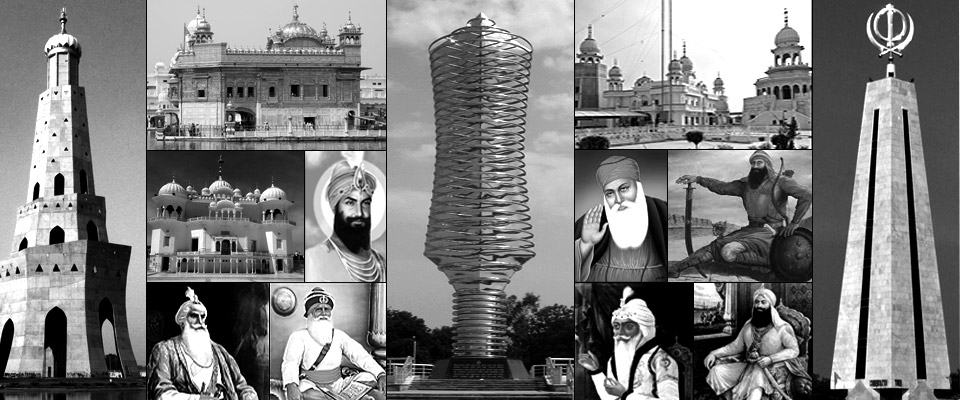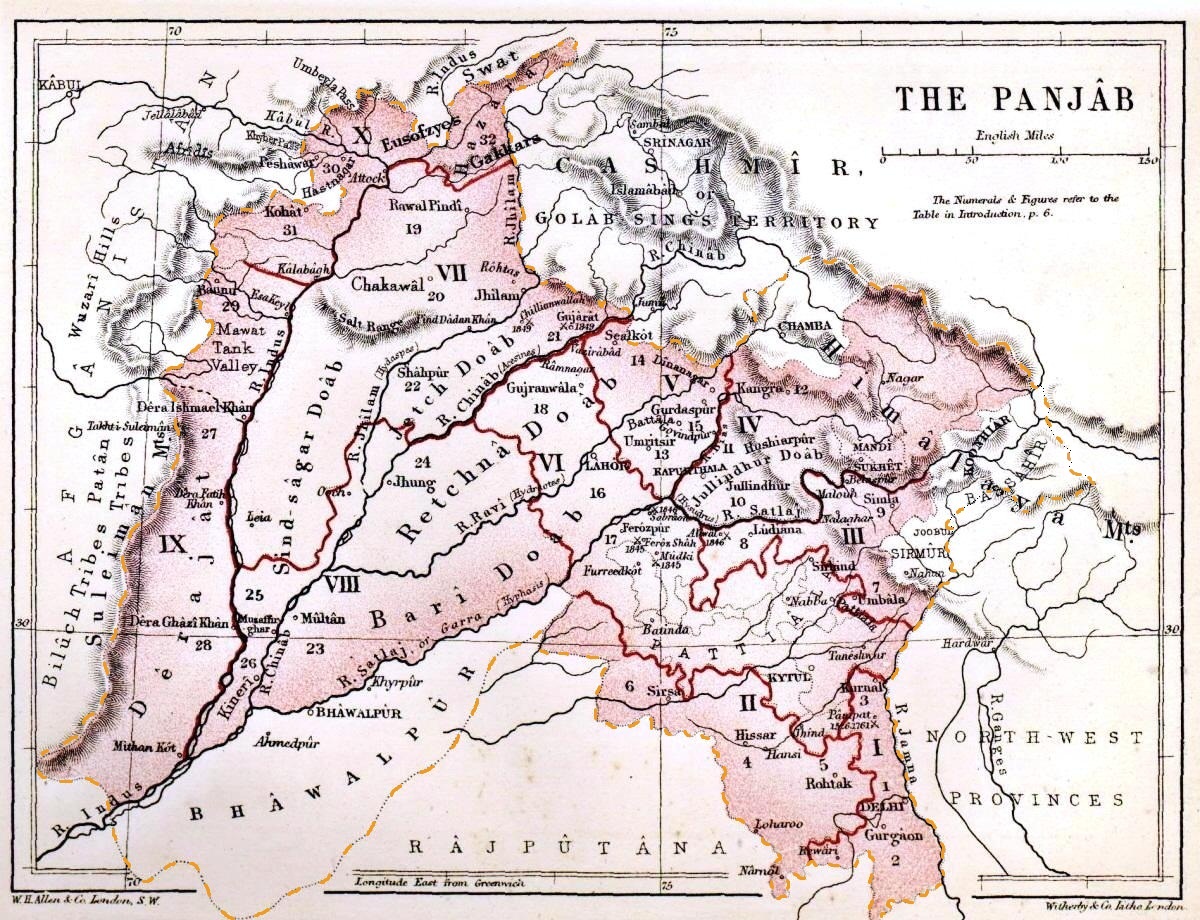
The History of Punjab refers to the past human history of Punjab region which is a geopolitical, cultural, and historical region in the northwest of the Indian subcontinent, comprising western Punjab province in Pakistan and eastern Punjab state in India. It is believed that the earliest evidence of human habitation in Punjab traces to the Soan valley of the Pothohar, between the Indus and the Jhelum rivers, where Soanian culture developed between 774,000 BC and 11,700 BC. This period goes back to the first interglacial period in the second Ice Age, from which remnants of stone and flint tools have been found.
The Punjab region was the site of one of the earliest cradle of civilizations, the Bronze Age Harrapan civilization that flourished from about 3000 B.C. and declined rapidly 1,000 years later, following the Indo-Aryan migrations that overran the region in waves between 1500 and 500 B.C. The migrating Indo-Aryan tribes gave rise to the Iron Age Vedic civilization, which lasted till 500 BC. During this era, the Rigveda was composed in Punjab, laying the foundation of Hinduism. Following Alexander the Great's invasion and his conflicts with Porus and the Malli tribe of Multan, Chandragupta founded the Maurya Empire. After its decline the Yavanas, Sakas and Kushans successively established kingdoms in Punjab. The rulers of these kingdoms were patrons of Buddhism and Taxila became a great centre of learning and commerce. The Buddhist Gandhara civilization in the north of Punjab reached its height under the Kushan Empire in 2nd and 3rd century AD. Between the 4th century BC–4th century AD, the eastern region of Punjab was ruled by numerous republics (Yaudheyas, Trigartas, Audumbaras and Arjunayanas) who defeated the Indo-Greek Kingdom and issued their own coinage.
The devastating Hunnic invasions of Punjab occurred in the 5th and 6th century, which were ultimately repelled by the Vardhana dynasty. Most of the western Punjab region became unified under the Taank And Odi Shahi Kingdoms in the early medieval period. Between the 8th and 12th century, the Tomara dynasty and Katoch dynasty controlled the eastern portions of Punjab. Islam became established in Punjab when the Umayyad Caliphate conquered southern portions of the region up to Multan, which became independent from the caliphate under the Emirate of Multan in 855. The Ghaznavids conquered region in 1025, after whom the Delhi Sultanate followed. The Langah Sultanate ruled much of the south Punjab in the 15th century.
The Mughal Empire, established in 1526 AD, has left an immense cultural and architectural legacy in Punjab. The city of Lahore became one of the largest in the world under Mughals. In the 16th century, Sikhism was founded by Guru Nanak in central Punjab which attracted many followers. After a long period of anarchy due to decline of Mughals in the 18th century, the Sikh Empire in 1799 unified most of the Punjab region. The region was conquered by the British EIC in 1849 after Second Anglo-Sikh War and Punjab province was created in 1857. In 1947, Punjab was partitioned amidst wide-scale violence. Today most of Punjab including Lahore is part of Pakistan, with a smaller portion in India
